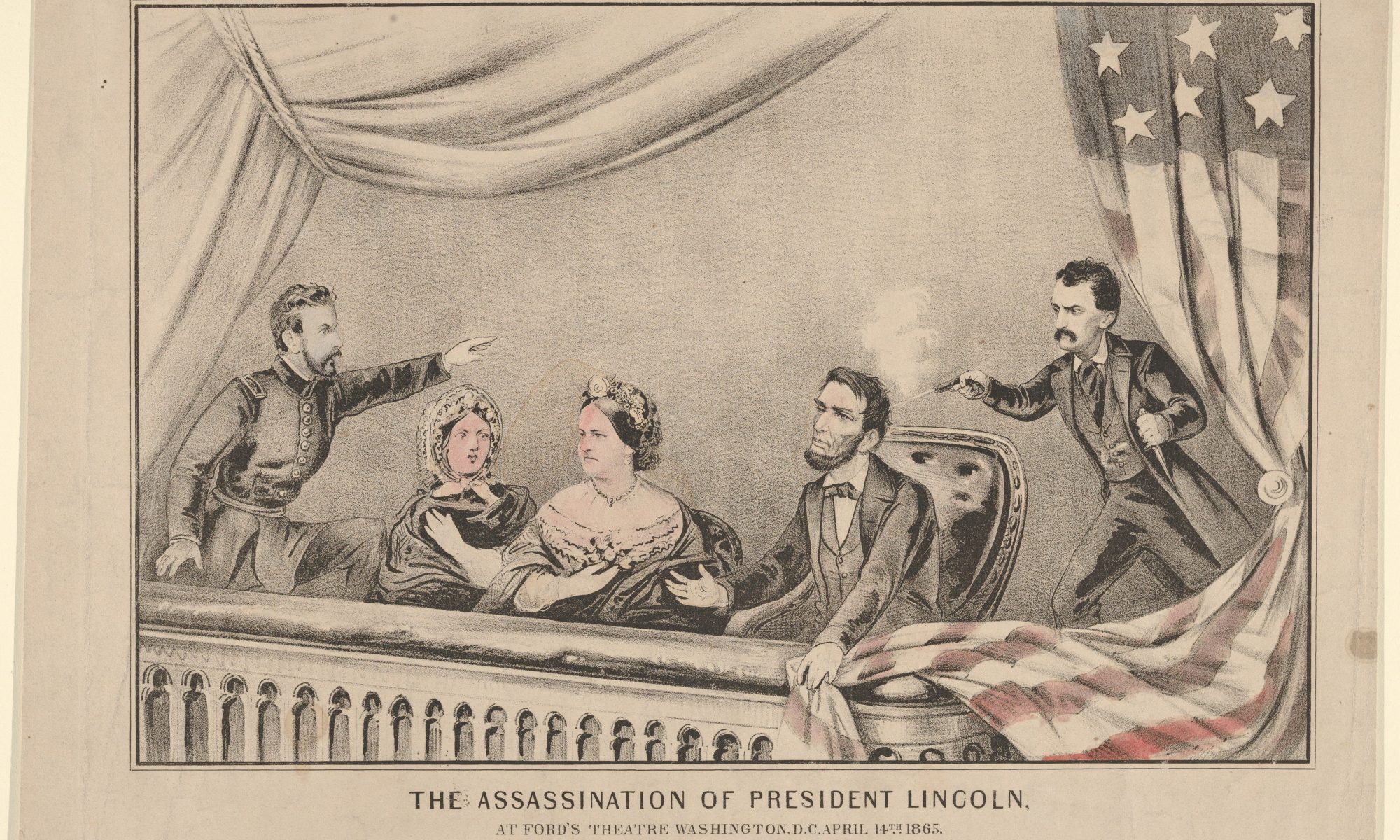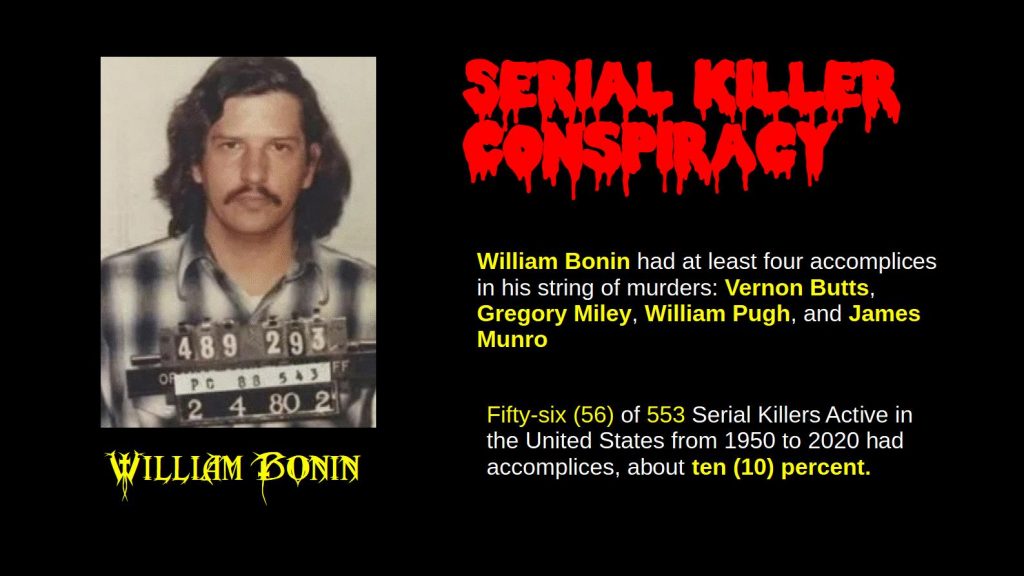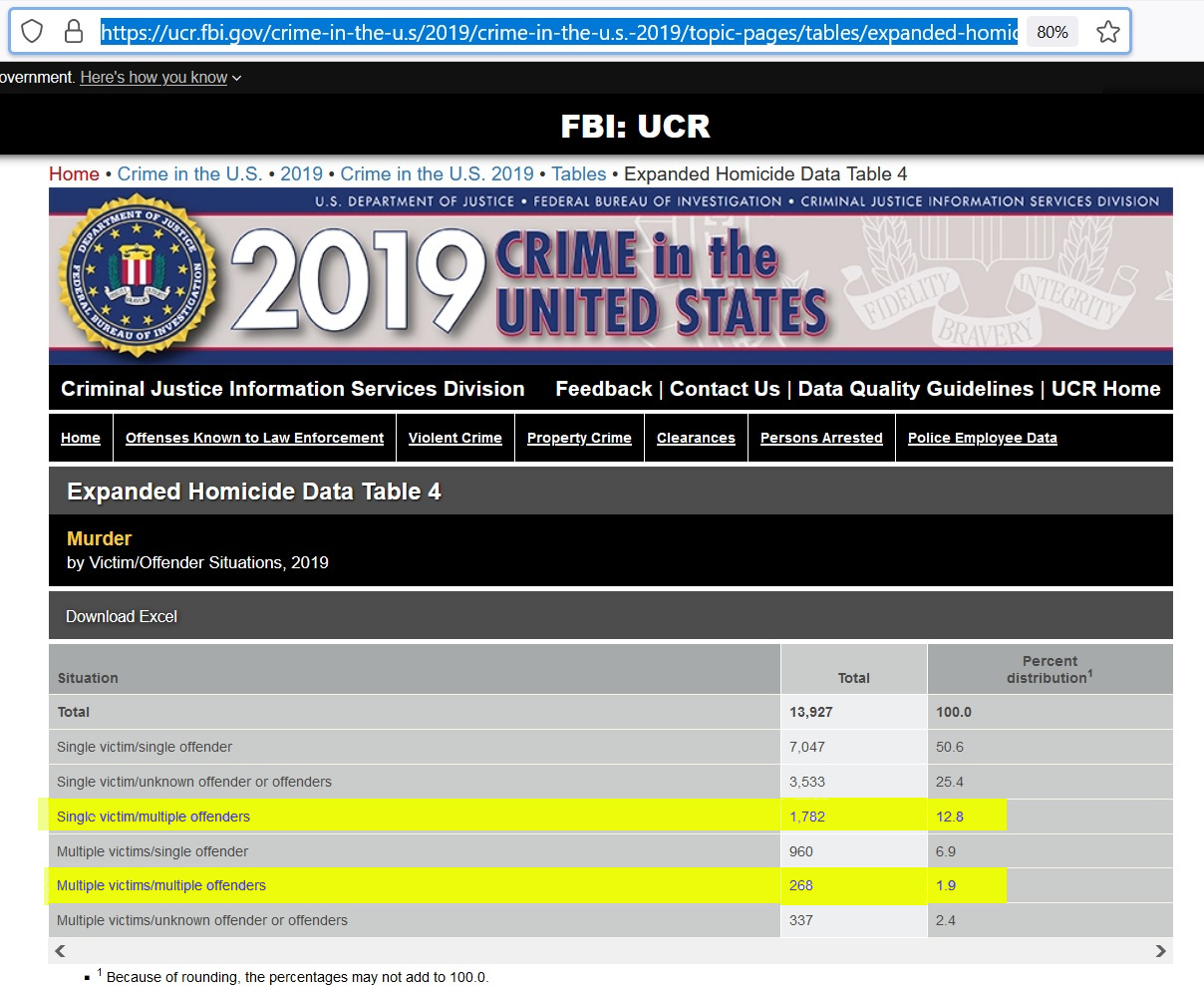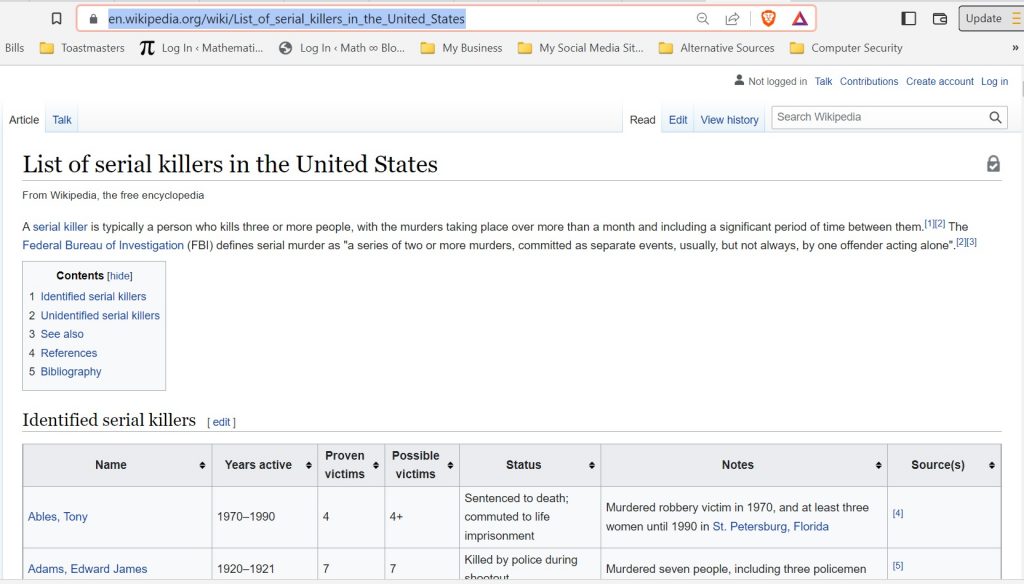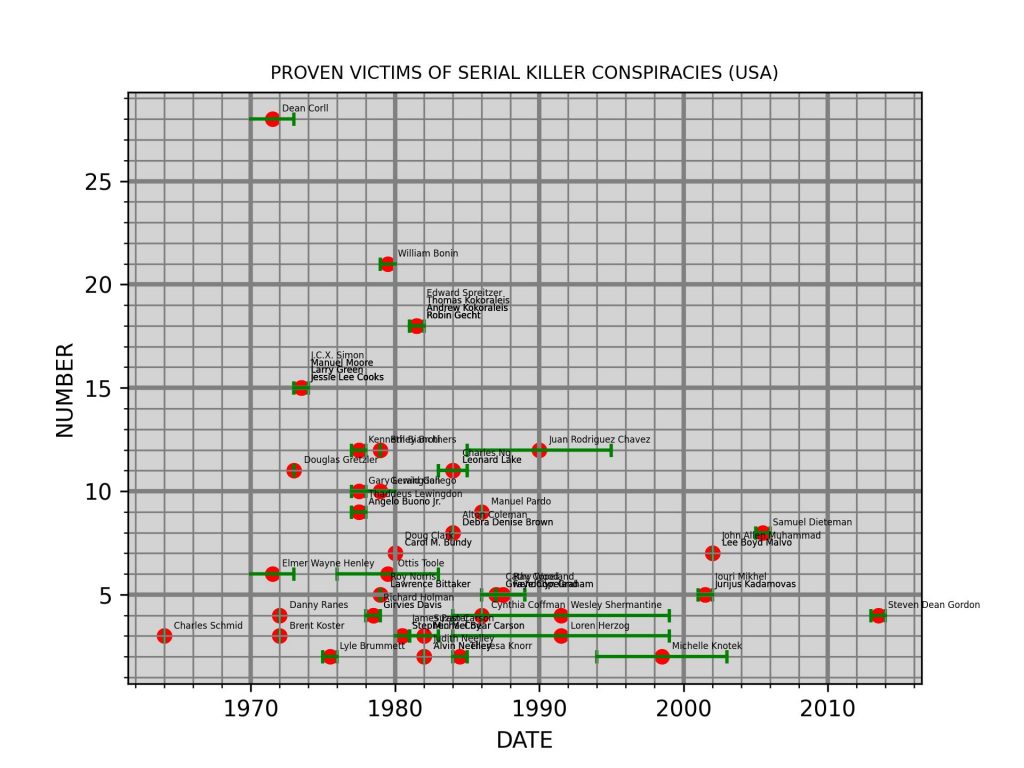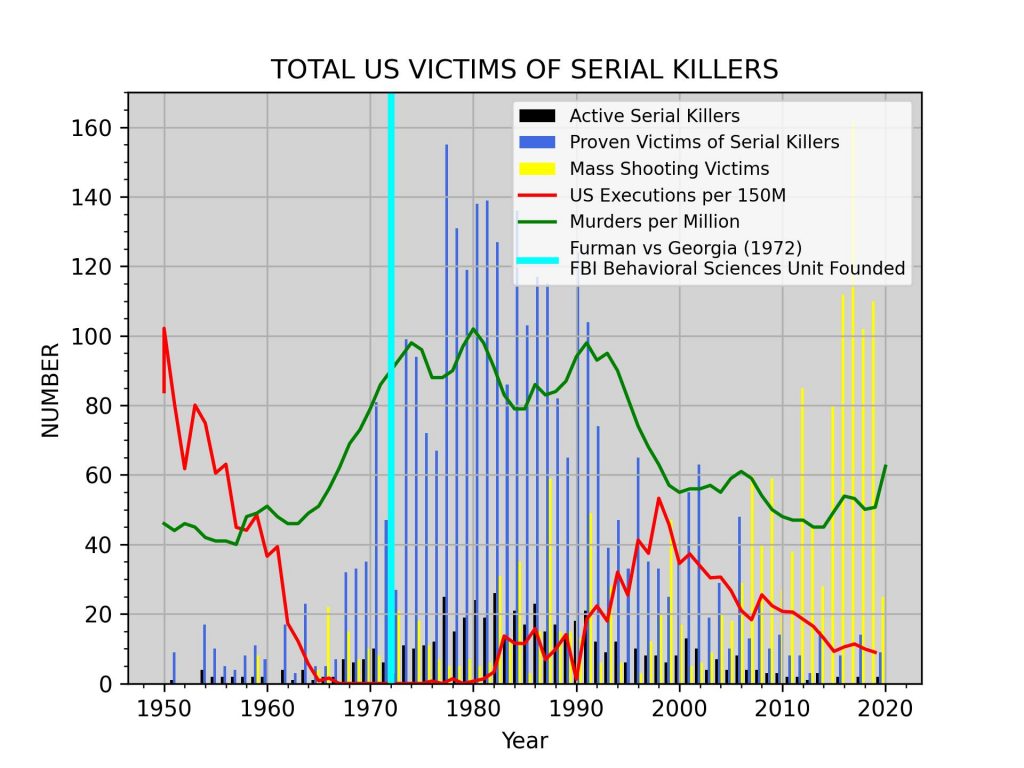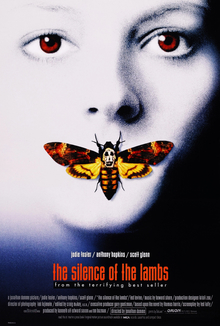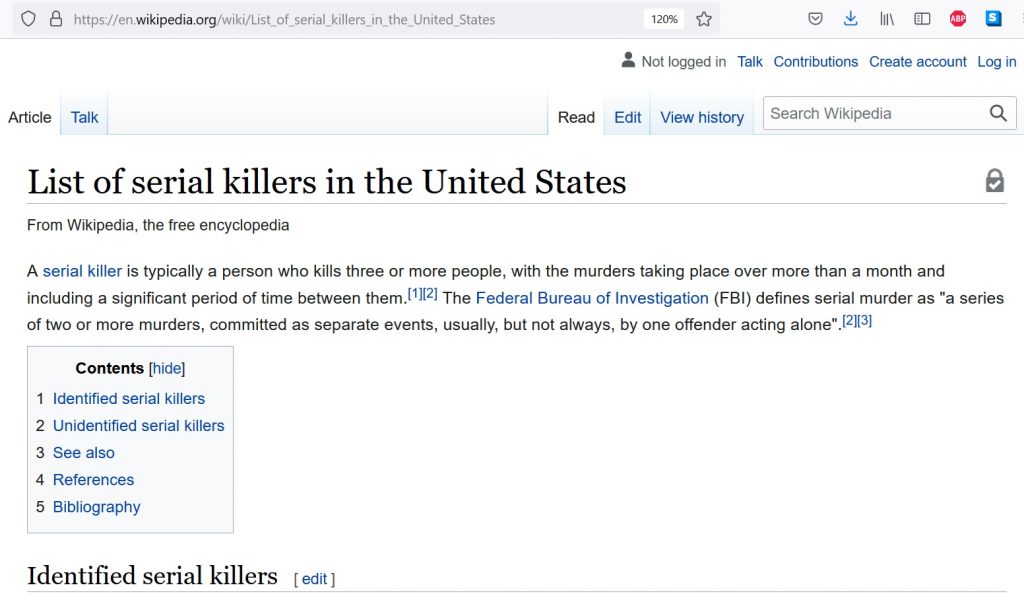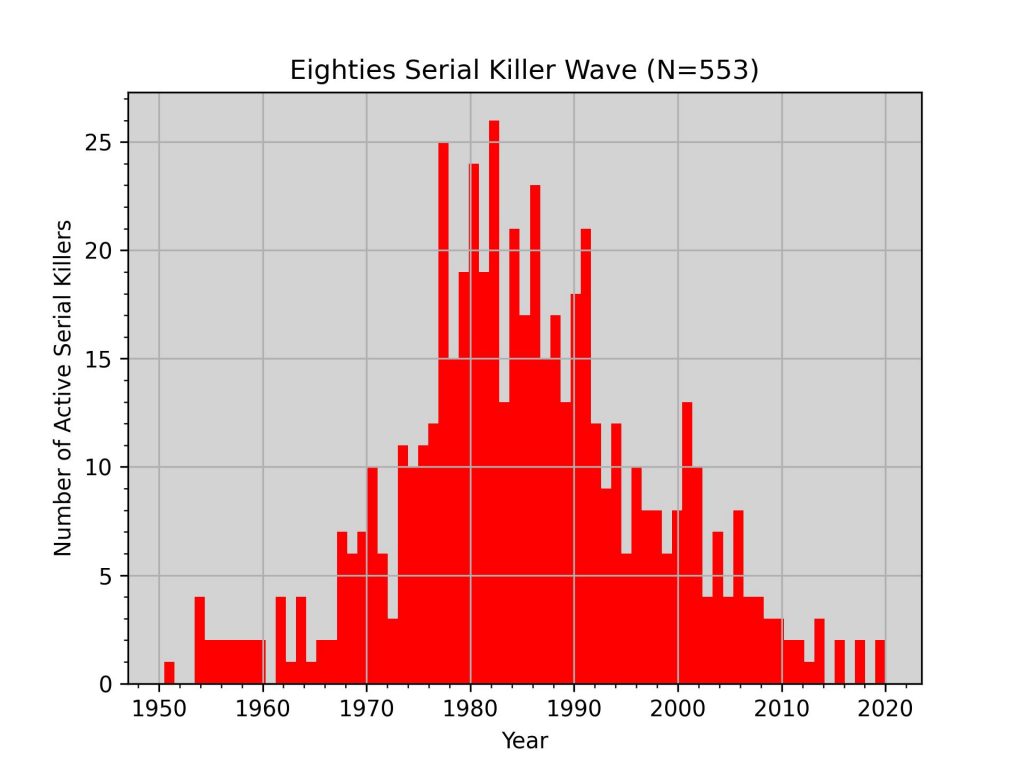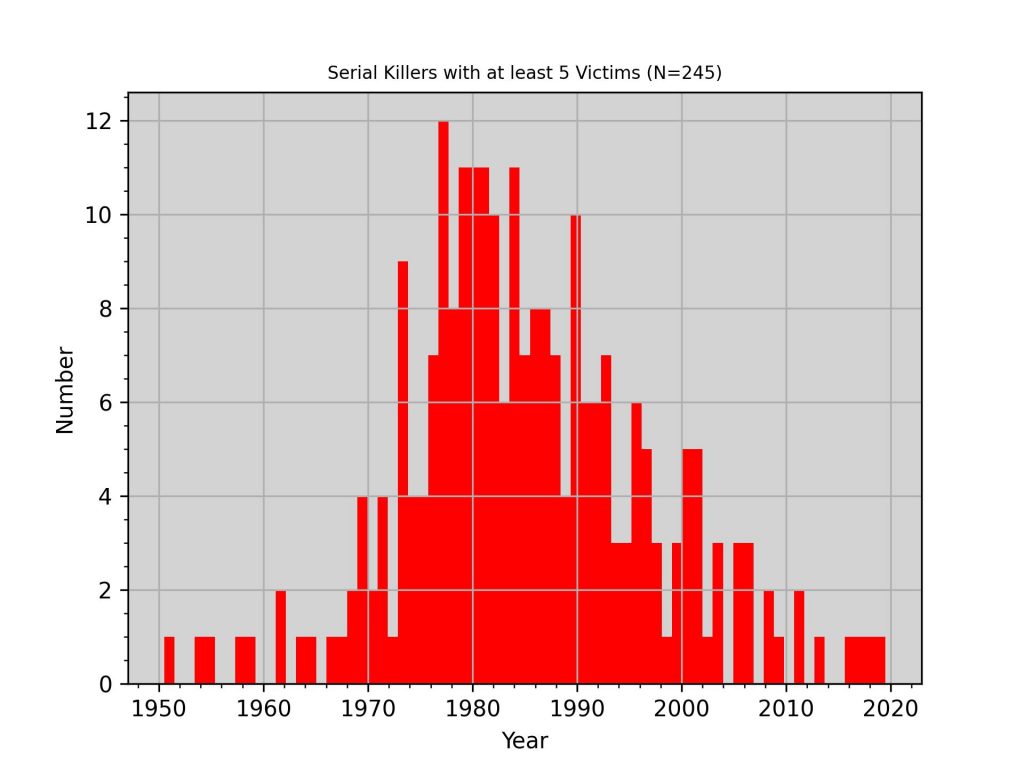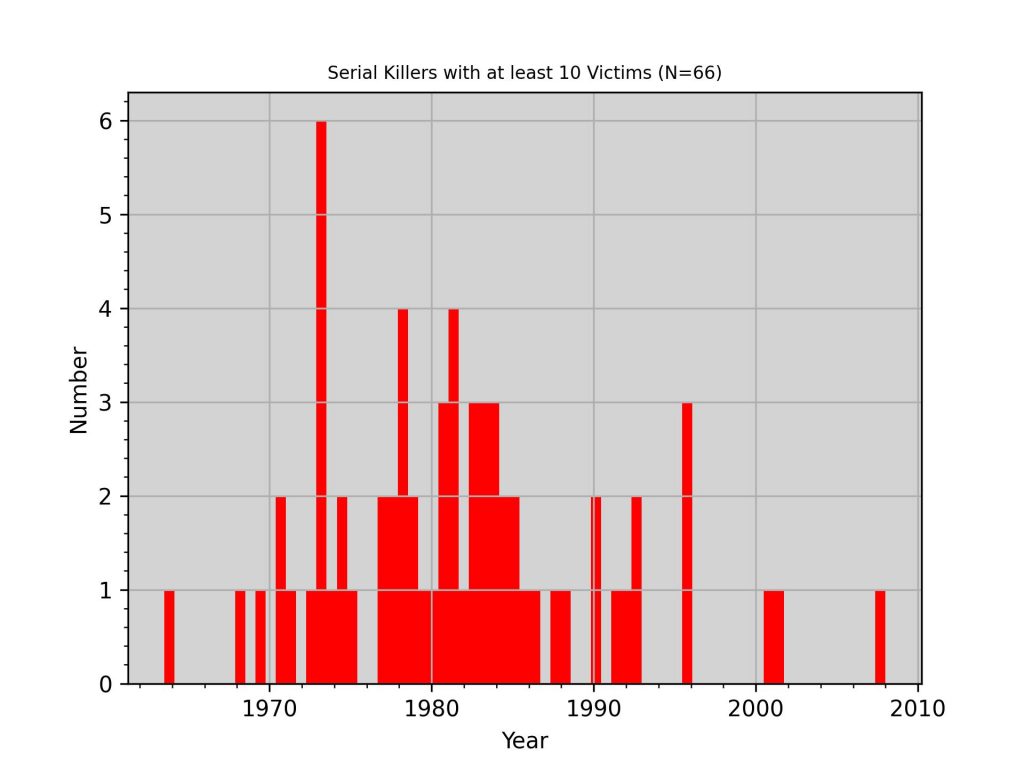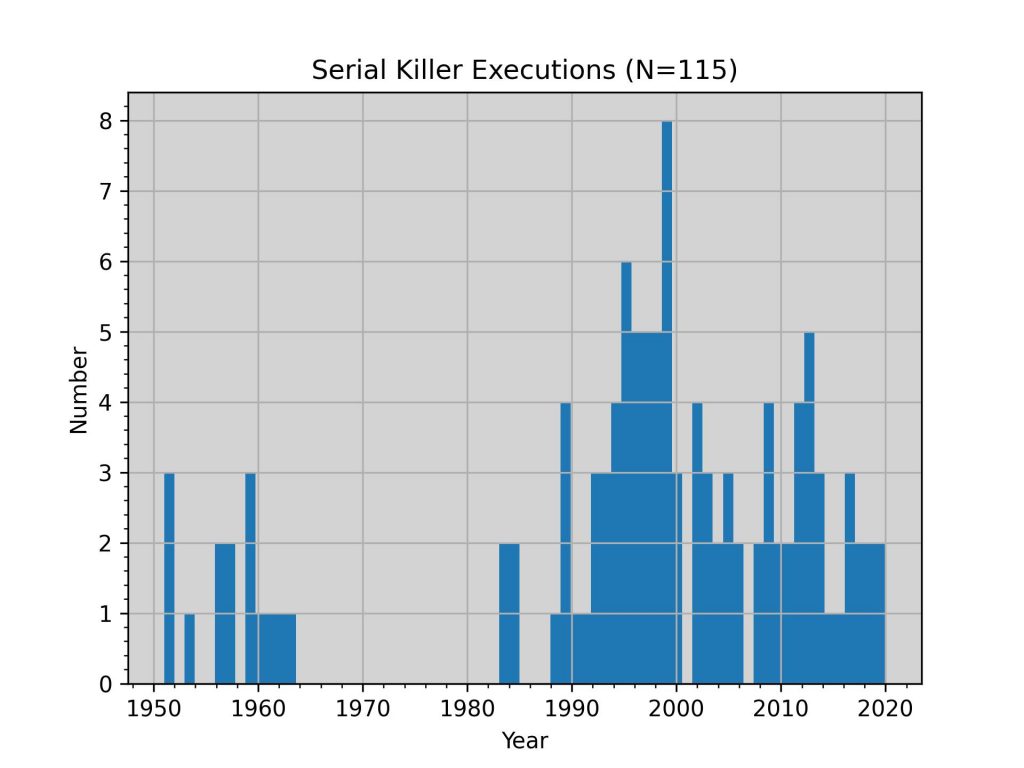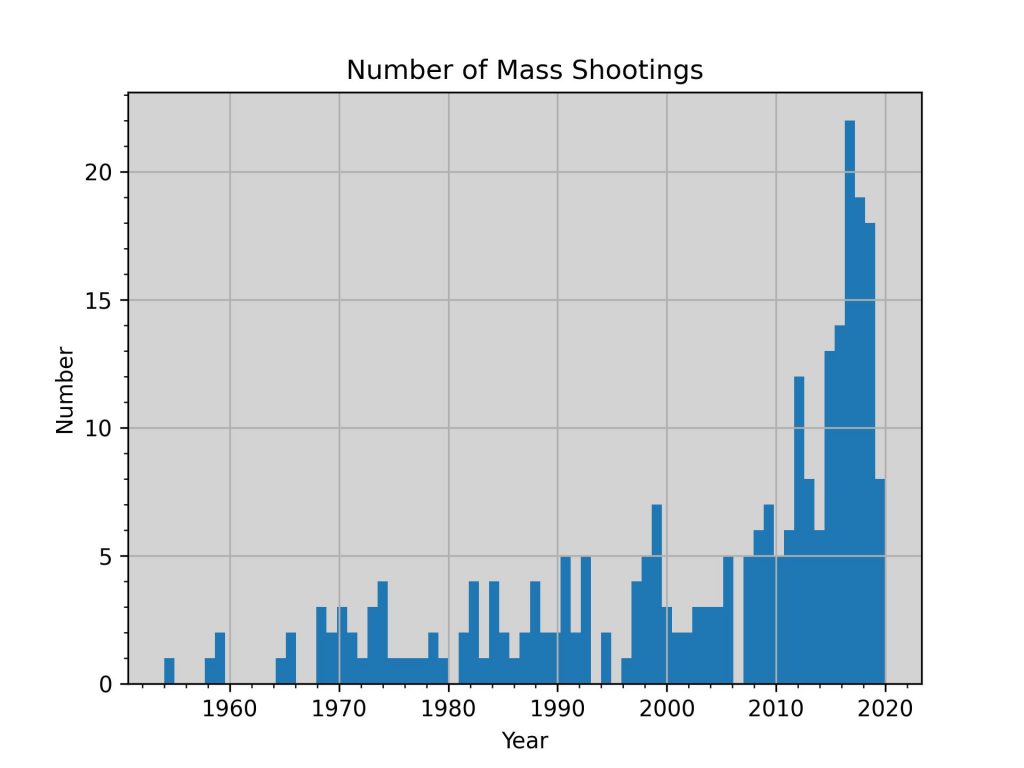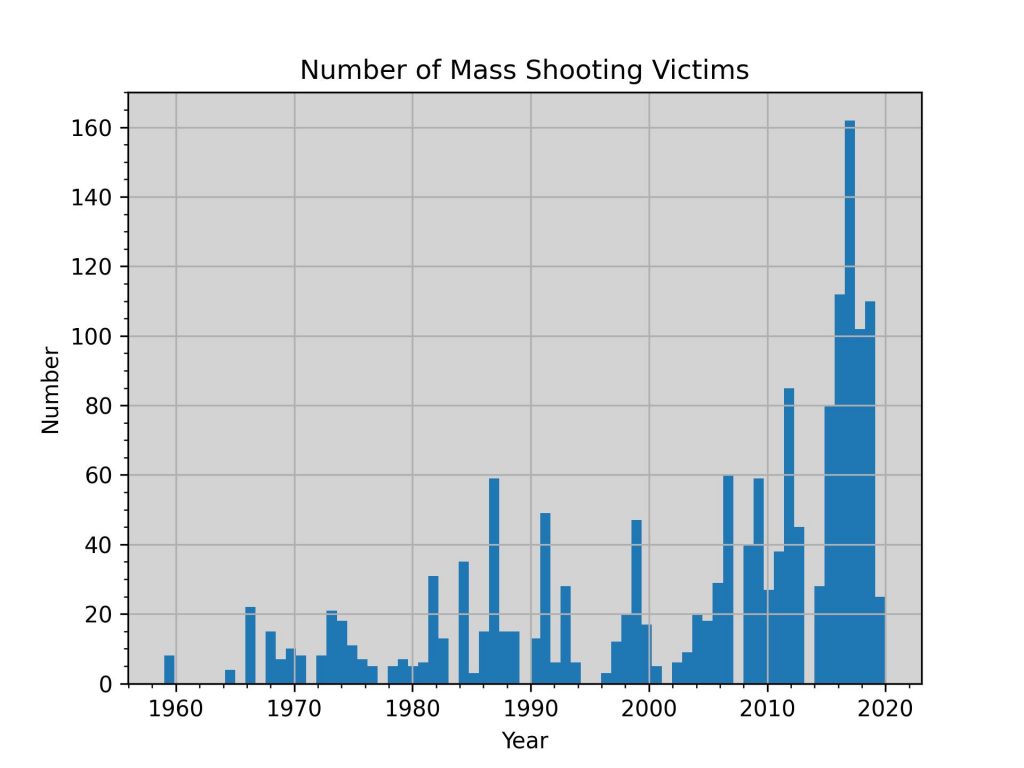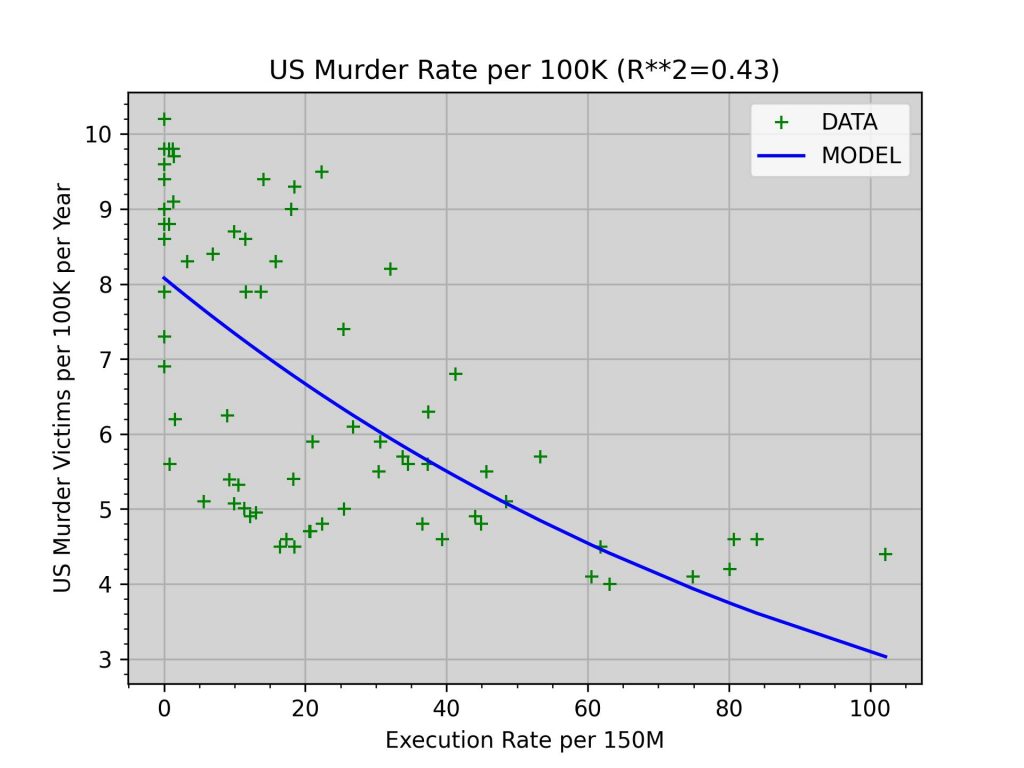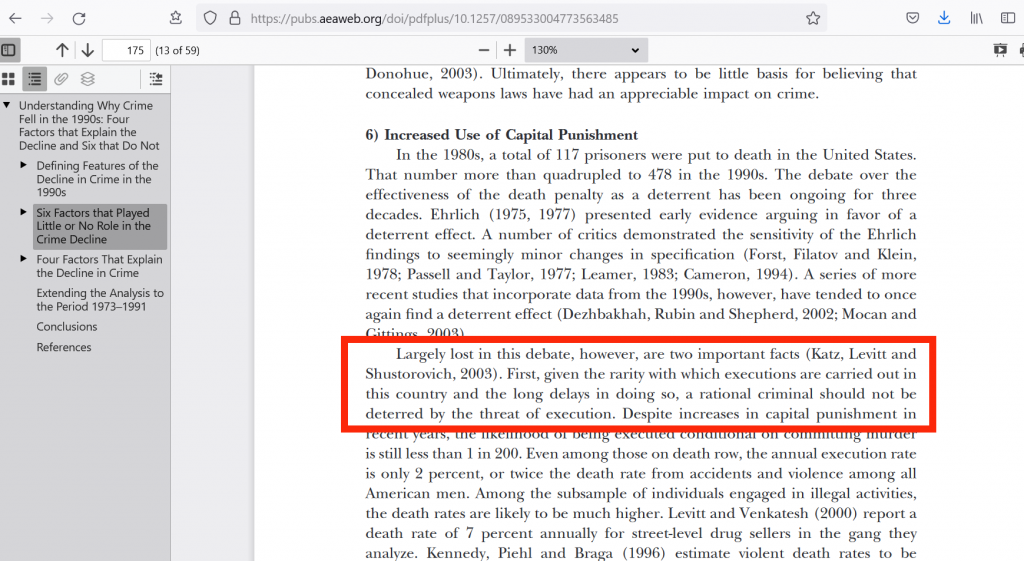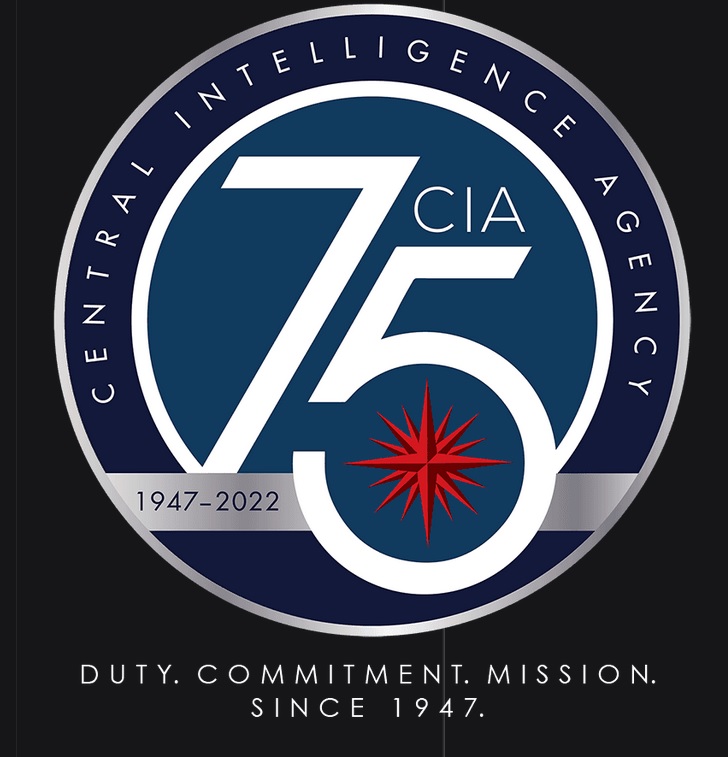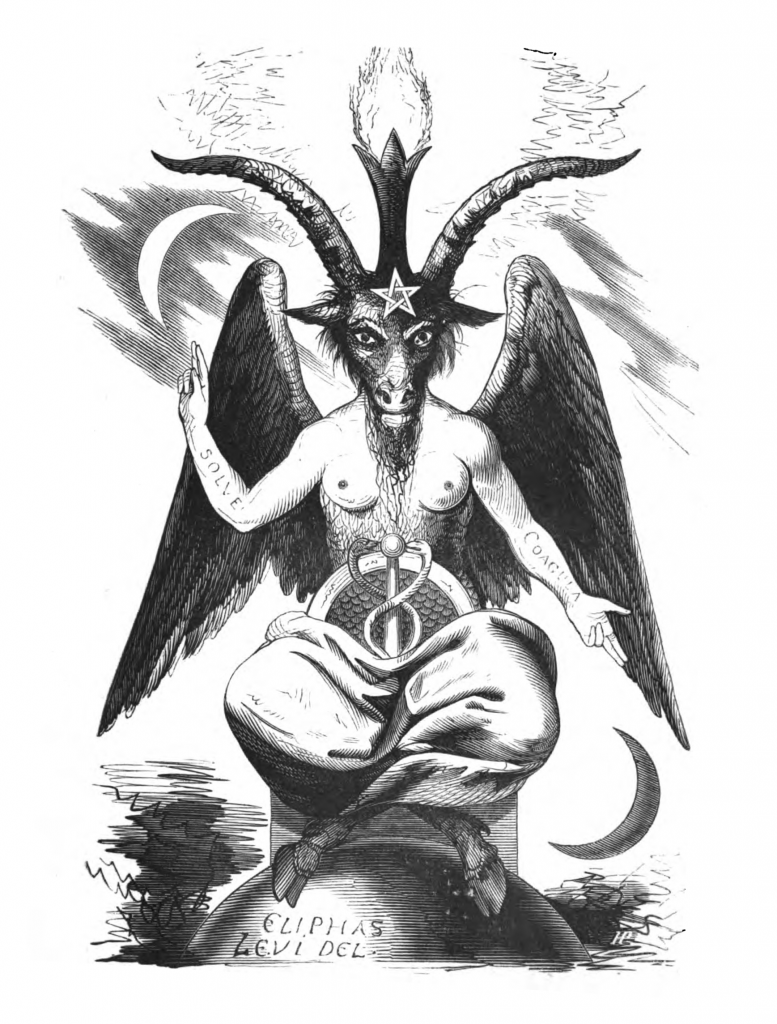
It is common to encounter implicit or explicit claims, especially by intellectuals, that “conspiracy theories” are inherently irrational, impossible or extremely rare. The phrase “conspiracy theory” as well as related phrases “conspiracy theorist,” “conspiracy”, and “conspiracist” are used more and more to dismiss any suggestion of a criminal conspiracy or even error in certain events.
These are generally significant events, often assassinations, murders, or suspected murders such as the assassination of President John F. Kennedy, his brother Robert Kennedy, Martin Luther King, Malcolm X, the alleged suicide of late “financier” Jeffrey Epstein and others, where the alleged or suspected conspirators are usually authority figures in the group or groups the “conspiracy theory” labeler identifies strongly with.
| Event | Date(s) | Killed | Official Cause |
| Assassination of Senator Huey Long | Sep. 10, 1935 | Huey Long, Carl Weiss | Carl Weiss acting alone, Weiss killed by Long’s bodyguards |
| JFK Assassination | Nov 22, 1963 | John F. Kennedy, J.D. Tippit | Lee Harvey Oswald acting alone |
| Malcolm X Assassination | February 21, 1965 | Malcolm X (born Malcolm Little) | Originally convicted: Muhammad A. Aziz (exonerated) Khalil Islam (exonerated) Thomas Hagan Conspiracy by enemies in the Nation of Islam. |
| MLK Assassination | April 4, 1968 | Martin Luther King | James Early Ray acting alone |
| RFK Assassination | June 5, 1968 | Robert Francis Kennedy | Sirhan Sirhan acting alone |
| Oklahoma City Bombing | April 19, 1995 | at least 168 people | Timothy McVeigh, Terry Nichols (Michael Fortier convicted of related offenses, but not the conspiracy, plea deal) |
| TWA Flight 800 | July 17, 1996 | 230, all on board | accidentally blew up |
| September 11 Attacks | September 11, 2001 | 2,996 | attributed to 19 hijackers acting on orders from Osama bin Laden |
| Anthrax attacks | September 18 – October 12, 2001 | 5 killed | Eventually blamed on researcher Bruce Ivins |
| Jeffrey Epstein “suicide” | August 10, 2019 | 1 dead | Ruled a suicide |
| COVID-19 Pandemic | Fall 2019 – Present | Several million worldwide | Unknown |
This common and increasing usage of “conspiracy theory” makes it difficult even to discuss suspicions of criminal conspiracies or even incompetence by powerful persons or groups, not unlike George Orwell’s fictional newspeak in the novel 1984. Newspeak is a controlled language of simplified grammar and restricted vocabulary designed to limit the individual’s ability to think and articulate “subversive” concepts such as personal identity, self-expression, and free will.
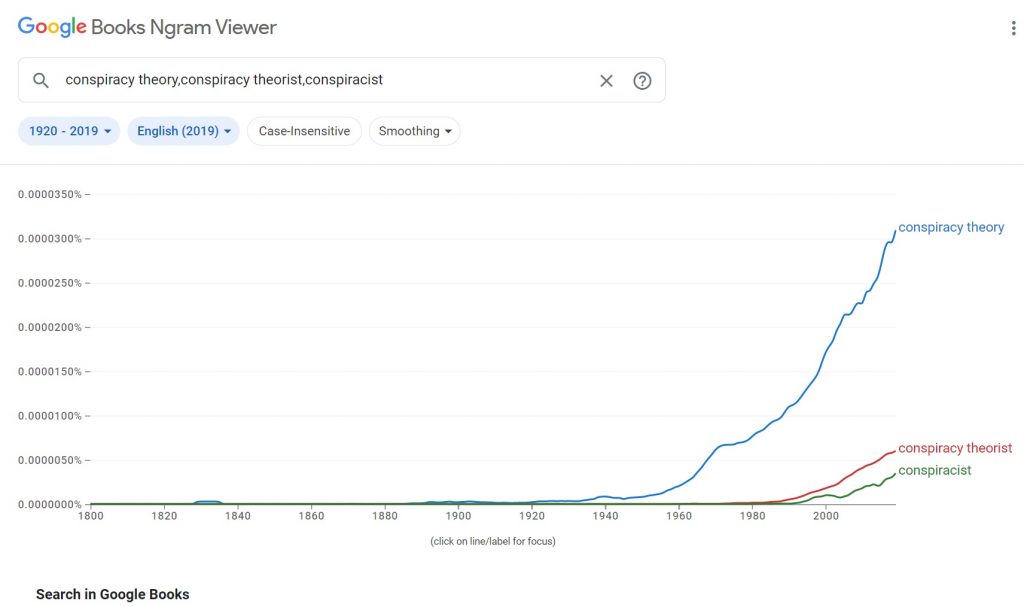
What Does the Data Show Us?
There are laws against conspiracy and groups of people are convicted of conspiracy all the time.
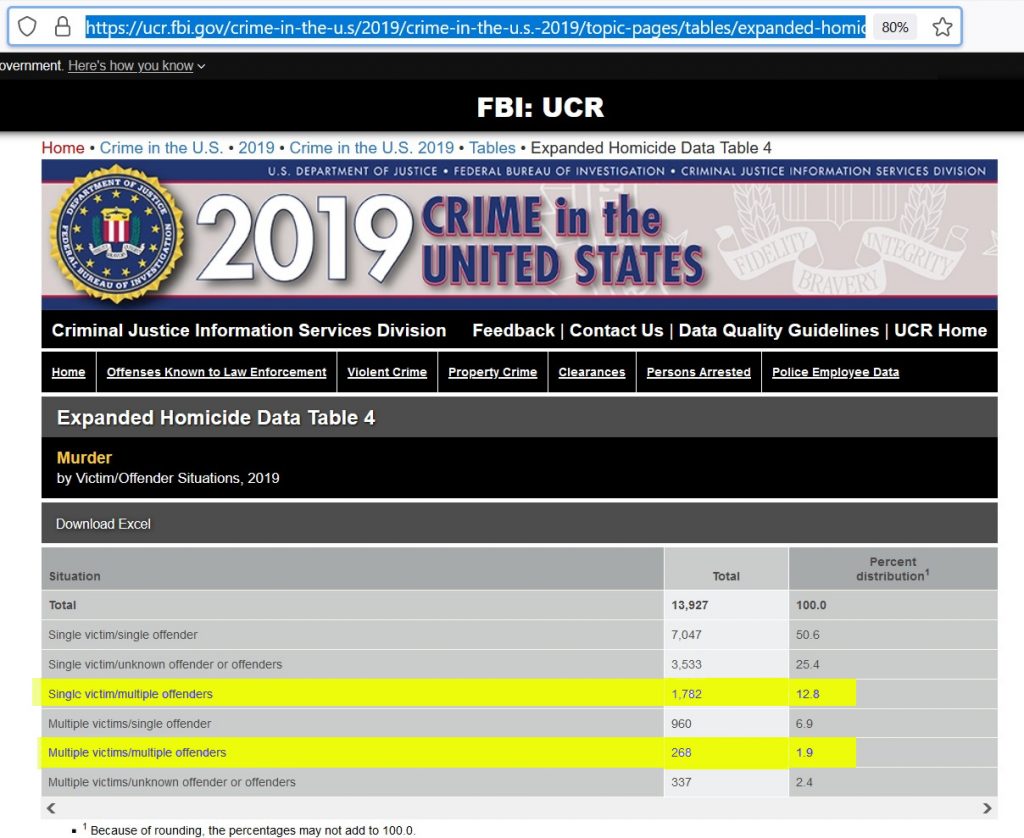
The FBI attributed 27.8% of homicides in 2019 to an unknown offender or offenders, a possible conspiracy. Unsolved murders are frequently attributed to gang/organized crime violence, for example: https://www.cbsnews.com/news/gangs-drugs-blamed-for-unsolved-murders/
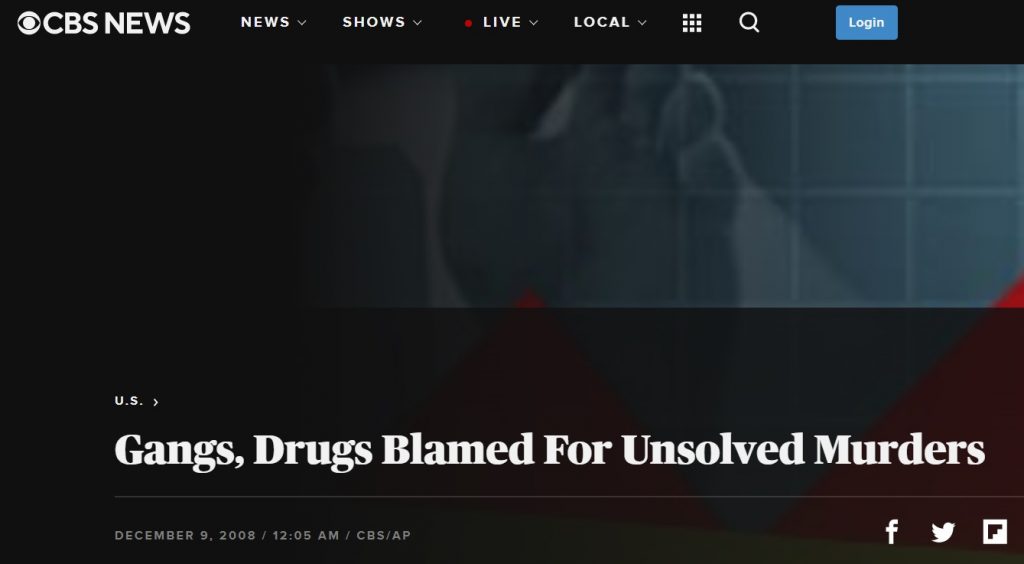
FBI figures reviewed by The Associated Press show that the homicide clearance rate, as detectives call it, dropped from 91 percent in 1963 – the first year records were kept in the manner they are now – to 61 percent in 2007.
Law enforcement officials say the chief reason is a rise in drug- and gang-related killings, which are often impersonal and anonymous, and thus harder to solve than slayings among family members or friends. As a result, police departments are carrying an ever-growing number of “cold-case” murders on their books.
Gangs, Drugs Blamed For Unsolved Murders, December 9, 2008 (CBS/AP)
Official statistics can be incorrect due to political pressure, bias, or simple error. Official agencies often never admit such errors even if they quietly revise or discontinue reporting the faulty statistic. Thus it is prudent to find independent checks on such official claims.
A review of Wikipedia’s list of US serial killers showed that 56 of 553 identified serial killers active from 1950 to 2020 had accomplices, a conspiracy in common usage. This is 10.13% of the names listed. The error is roughly 1.4% giving a ninety-five percent confidence interval of about 7.9% to 13.2% of identified serial killer cases involve conspiracies — have accomplices. This provides a check on the FBI official numbers where the names of the killers and victims or at least forensic evidence of victims who could not be identified in some cases are available for independent review.
Another check on the FBI numbers especially relevant to the use of the phrase “conspiracy theory” to dismiss suspicions of a criminal conspiracy are assassinations or attempted assassinations of US Presidents.
Here Wikipedia’s List of United States presidential assassination attempts and plots which lists only officially alleged conspiracies is reviewed (on December 3, 2022). There are unproven conspiracy theories involving all four assassinations and many, possibly all, attempts to assassinate US presidents.
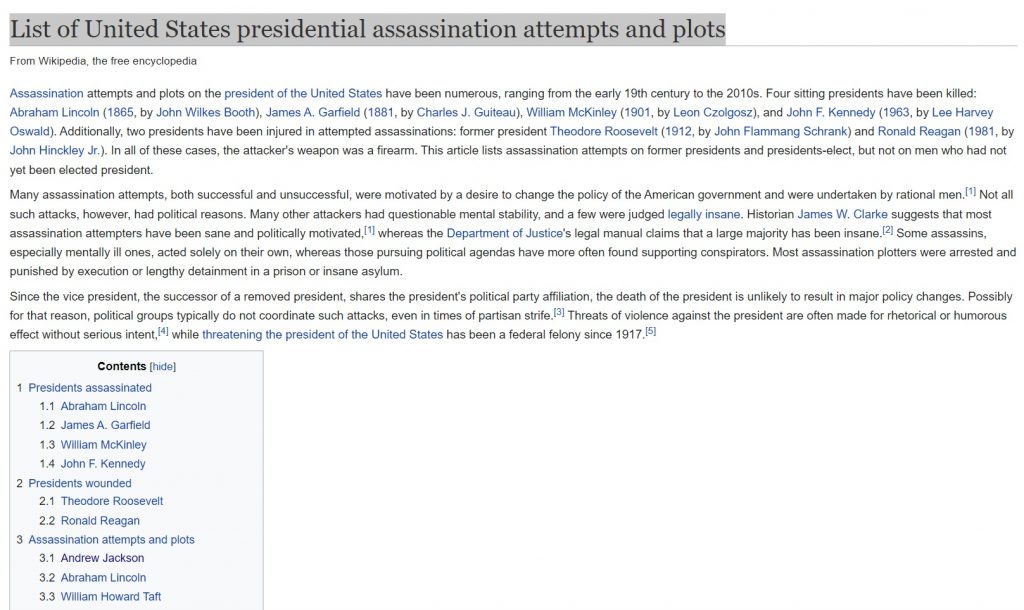
Four US Presidents — Abraham Lincoln, James A Garfield, William McKinley, and John F. Kennedy — have been assassinated. Of these, the assassination of President Lincoln was unquestionably a conspiracy, with concurrent attempts to kill several other cabinet members and officials. This is one in four or 25% — with a quite large error of course.
The Wikipedia list discusses thirty-seven (37) alleged attempts to kill a US President, including when out of office. Of these 9-10 were arguably alleged conspiracies, mostly involving foreign political groups often labeled “terrorists.” This gives 24.3 to 27% of US Presidential assassination attempts were conspiracies. This matches the one (1) in four (4) actual presidential assassinations.
The statistics are quite low however. With 95% confidence anywhere from 0 to 75% of actual Presidential assassinations are actual detectable conspiracies, ignoring a significant failure rate for detecting a conspiracy — in practice conspiracies are clearly difficult to prove. With larger numbers of failed assassination attempts, with 95% confidence anywhere from 3/37 to 16/37, 8% to 43% of failed assassination attempts are actual conspiracies. These ranges are consistent with the 14.7% of homicides in 2019 involve multiple offenders reported by the US FBI (Federal Bureau of Investigation).
Herbert Hoover[edit] On November 19, 1928,[58] President-elect Hoover embarked on a ten-nation "goodwill tour" of Central and South America.[59] While crossing the Andes Mountains from Chile, an assassination plot by Argentine anarchists was thwarted. The group was led by Severino Di Giovanni, who planned to blow up his train as it crossed the Argentinian central plain. The plotters had an itinerary but the bomber was arrested before he could place the explosives on the rails. Hoover professed unconcern, tearing off the front page of a newspaper that revealed the plot and explaining, "It's just as well that Lou shouldn't see it,"[60] referring to his wife. His complimentary remarks on Argentina were well received in both the host country and in the press.[61]
Franklin D. Roosevelt The Soviet NKVD claimed to have discovered a Nazi German Waffen-SS plan to assassinate Roosevelt, Winston Churchill, and Joseph Stalin at the Tehran Conference in 1943.[64]
Harry S. Truman[edit] Main article: Attempted assassination of Harry S. Truman Mid-1947: During the Jewish insurgency in Palestine before the formation of the State of Israel, the Zionist Stern Gang was believed to have sent a number of letter bombs addressed to the president and high-ranking staff at the White House. The Secret Service had been alerted by British intelligence after similar letters had been sent to high-ranking British officials and the Gang claimed credit. The mail room of the White House intercepted the letters and the Secret Service defused them. At the time, the incident was not publicized. Truman's daughter Margaret Truman confirmed the incident in her biography of Truman published in 1972. It had earlier been told in a memoir by Ira R. T. Smith, who worked in the mail room.[65] November 1, 1950: Two Puerto Rican pro-independence activists, Oscar Collazo and Griselio Torresola, attempted to kill President Truman at the Blair House, where Truman was living while the White House was undergoing major renovations. In the attack, Torresola injured White House Policeman Joseph Downs and mortally wounded White House Policeman Leslie Coffelt. Coffelt returned fire, killing Torresola with a shot to the head. Collazo wounded an officer before being shot in the stomach. Collazo survived with serious injuries. Truman was not harmed, but he was placed at a huge risk. Collazo was convicted in a federal trial and received the death sentence. Truman commuted Collazo's death sentence to life in prison. In 1979, President Jimmy Carter further commuted Collazo's sentence to time served.[66]
Richard Nixon Late May 1972: During Nixon's official visit to Tehran, Iran, a "Marxist terrorist group" named People's Mujahedin of Iran blew up a bomb at Reza Shah's mausoleum, where Nixon was scheduled to attend a ceremony just 45 minutes after the explosion.[73] This may have been the earliest known attempt on the president's life by an Islamic extremist.
Jimmy Carter[edit] Raymond Lee Harvey was an Ohio-born unemployed American drifter. He was arrested by the Secret Service after being found carrying a starter pistol with blank rounds, ten minutes before Carter was to give a speech at the Civic Center Mall in Los Angeles on May 5, 1979. Harvey had a history of mental illness,[78] but police had to investigate his claim that he was part of a four-man operation to assassinate the president.[79] According to Harvey, he fired seven blank rounds from the starter pistol on the hotel roof on the night of May 4 to test how much noise it would make. He claimed to have been with one of the plotters that night, whom he knew as "Julio". (This man was later identified as a 21-year-old illegal immigrant from Mexico, who gave the name Osvaldo Espinoza Ortiz.)[78] At the time of his arrest, Harvey had eight spent rounds in his pocket, as well as 70 unspent blank rounds for the gun.[80] Harvey was jailed on a $50,000 bond, given his transient status, and Ortiz was alternately reported as being held on a $100,000 bond as a material witness[78] or held on a $50,000 bond being charged with burglary from a car.[80] Charges against the pair were ultimately dismissed for a lack of evidence.[81]
NOTE: The Raymond Lee Harvey/Osvaldo Espinoza Ortiz case is obviously ambiguous since although arrests were apparently made, the charges were reportedly dismissed. Hence 9 or 10 conspiracy cases.
George H. W. Bush[edit] See also: 1993 cruise missile strikes on Iraq April 13, 1993: According to Kuwaiti authorities, and an FBI investigation [84] fourteen Kuwaiti and Iraqi men believed to be working for Saddam Hussein smuggled bombs into Kuwait, planning to assassinate former President Bush by a car bomb during his visit to Kuwait University three months after he had left office in January 1993.[85] The former president was on a visit to Kuwait in 1993 to commemorate the coalition's victory over Iraq in the Persian Gulf War when Kuwaiti officials claimed to have foiled an alleged assassination plot and arrested the suspects. At the time the former president was accompanied by his wife, two of his sons, former Secretary of State James A. Baker III, former Chief of Staff John Sununu, and former Treasury Secretary Nicholas Brady. Of the 17 people Kuwaiti authorities arrested, two suspects, Wali Abdelhadi Ghazali and Raad Abdel-Amir al-Assadi, retracted their confessions at the trial, claiming that they were coerced.[86] A Kuwaiti court convicted all but one of the defendants. Then-president Bill Clinton responded by launching a cruise missile attack on an Iraqi intelligence building in the Mansour district of Baghdad. The plot was used as one of the justifications for the Iraq Resolution authorizing the 2003 U.S. invasion of the country. An analysis by the CIA's Counter-Terrorism Center concludes the assassination plot was likely fabricated by Kuwaiti authorities,[87] however at the time the FBI established that the plot had been directed by the Iraqi Intelligence Service (IIS), and The CIA had received information suggesting that Saddam Hussein had authorized the assassination attempt to get revenge against the U.S, to punish Kuwait for working with the U.S, and to keep other Arab states for intervening in Iraq any further.[88] The day before the attack, on April 12th, 1993, the then U.S. Ambassador to the U.N. and future 64th U.S. secretary of state, Madeleine K. Albright, went before the U.N. Security Council to present evidence of the Iraqi plot with the hope of gaining international support.
Bill Clinton November 1994: Osama bin Laden recruited Ramzi Yousef, the mastermind of the 1993 World Trade Center bombing, to attempt to assassinate Clinton. However, Yousef decided that security would be too effective and decided to target Pope John Paul II instead.[92] 1996: During his visit to the Asia-Pacific Economic Cooperation (APEC) forum in Manila, Clinton's motorcade was rerouted before it was to drive over a bridge. Service officers had intercepted a message suggesting that an attack was imminent, and Lewis Merletti, the director of the Secret Service, ordered the motorcade to be re-routed. An intelligence team later discovered a bomb under the bridge. Subsequent U.S. investigation "revealed that [the plot] was masterminded by a Saudi terrorist living in Afghanistan named Osama bin Laden".[93]
Barack Obama 2011–2012: The far-right terrorist group FEAR plotted to carry out a series of terror attacks which included assassinating Obama.[107] The plot was foiled when four members of the group were arrested on murder charges and one, Michael Burnett, agreed to co-operate with authorities in return for a lighter sentence.[108]
Conclusion
Contrary to the popular belief among many intellectuals, clearly detected conspiracies are not exceptionally rare or non-existent, in Presidential assassinations and assassination attempts. Given that many actual conspiracies go unproven in more mundane murders, it is not unreasonable to suspect actual but unproven conspiracies in Presidential assassinations or other high profile murders or possible murders.
(C) 2022 by John F. McGowan, Ph.D.
About Me (References follow this About Me section)
John F. McGowan, Ph.D. solves problems using mathematics and mathematical software, including developing gesture recognition for touch devices, video compression and speech recognition technologies. He has extensive experience developing software in C, C++, MATLAB, Python, Visual Basic and many other programming languages. He has been a Visiting Scholar at HP Labs developing computer vision algorithms and software for mobile devices. He has worked as a contractor at NASA Ames Research Center involved in the research and development of image and video processing algorithms and technology. He has published articles on the origin and evolution of life, the exploration of Mars (anticipating the discovery of methane on Mars), and cheap access to space. He has a Ph.D. in physics from the University of Illinois at Urbana-Champaign and a B.S. in physics from the California Institute of Technology (Caltech).
References
The Big Book of Serial Killers, Vol 1, by Jack Rosewood
https://www.amazon.com/Big-Book-Serial-Killers-Encyclopedia-ebook/dp/B071K51FQ4/ref=tmm_kin_swatch_0?_encoding=UTF8&qid=&sr=
FBI Expanded Homicide Data Table 4: Murder by Victim/Offender Situations, 2019
https://ucr.fbi.gov/crime-in-the-u.s/2019/crime-in-the-u.s.-2019/topic-pages/tables/expanded-homicide-data-table-4.xls
Using Murder: The Social Construction of Serial Homicide, by Philip Jenkins, Aldine De Gruyter, New York, 1994
“Serial Killer” Conspiracy Cases
Note that the details of these crimes are quite unpleasant and are discussed in these references. The analysis in this article is only concerned with the proportion of cases that were conspiracies as defined in common usage — multiple offenders working together.
Paul Bernardo and Karla Homolka
https://www.thecanadianencyclopedia.ca/en/article/paul-bernardo-and-karla-homolka-case
Kenneth Bianchi and Angelo Buono
https://allthatsinteresting.com/hillside-strangler-kenneth-bianchi-angelo-buono
Lawrence Sigmund Bittaker and Roy Lewis Norris
https://unhbcoe.org/en/Lawrence_Bittaker_and_Roy_Norris-0426802400
William Bonin (and 22-year-old Vernon Butts, as well as teenagers Gregory Miley, William Pugh, and James Munro)
https://www.upi.com/Archives/1982/01/07/Freeway-Killer-William-Bonin-convicted-of-luring-10-youths/3460977293230/
Douglas Clark and Carol Bundy
https://www.oxygen.com/mysteries-scandals/crime-time/carol-bundy-victim-mastermind-sunset-strip-killers
Dean Corll (with Elmer Wayne Henley and David Owen Brooks)
https://murderpedia.org/male.C/c/corll-dean.htm
Delfina and Maria de Jesus Gonzalez
https://justcriminals.info/2016/12/19/delfina-maria-de-jesus-gonzalez/
Patrick Kearney (and David Hill?)
https://criminalminds.fandom.com/wiki/Patrick_Kearney
Randy Steven Kraft and unknown accomplice or accomplices
https://murderpedia.org/male.K/k/kraft-randy.htm
Leonard Lake and Charles Ng
https://www.historicmysteries.com/charles-ng-and-leonard-lake/
John Allan Mohammad and Lee Boyd Malvo
https://stmuscholars.org/john-allen-muhammad-lee-boyd-malvo-the-dc-snipers/
David Ray Parker (and Cindy Hendy and others)
https://allthatsinteresting.com/david-parker-ray-toy-box-killer
https://www.fbi.gov/contact-us/field-offices/albuquerque/items-david-parker-ray
https://www.thescarechamber.com/david-parker-ray-toy-box-of-torture/
Fred West and Rosemary West
https://www.cnn.com/2021/06/04/europe/fred-rosemary-west-murders-gbr-cmd-intl/index.html
Aileen Carol Wuornos (and Tyria Moore, never charged)
https://sites.psu.edu/harringpassion/2019/03/29/aileen-wuornos/
John Wayne Gacy and possible unknown accomplice or accomplices
Questions about Jeffrey Epstein “Suicide”
Programmed to Kill: The Politics of Serial Murder, Dave McGowan, August 2004
https://www.amazon.com/Programmed-Kill-Politics-Serial-Murder/dp/0595326404/
The Ultimate Evil: The Search for the Sons of Sam, by Maury Terry, Introduction by Joshua Zeman
https://www.amazon.com/Ultimate-Evil-Search-Sons-Sam-ebook/dp/B08NFVHPP5/

